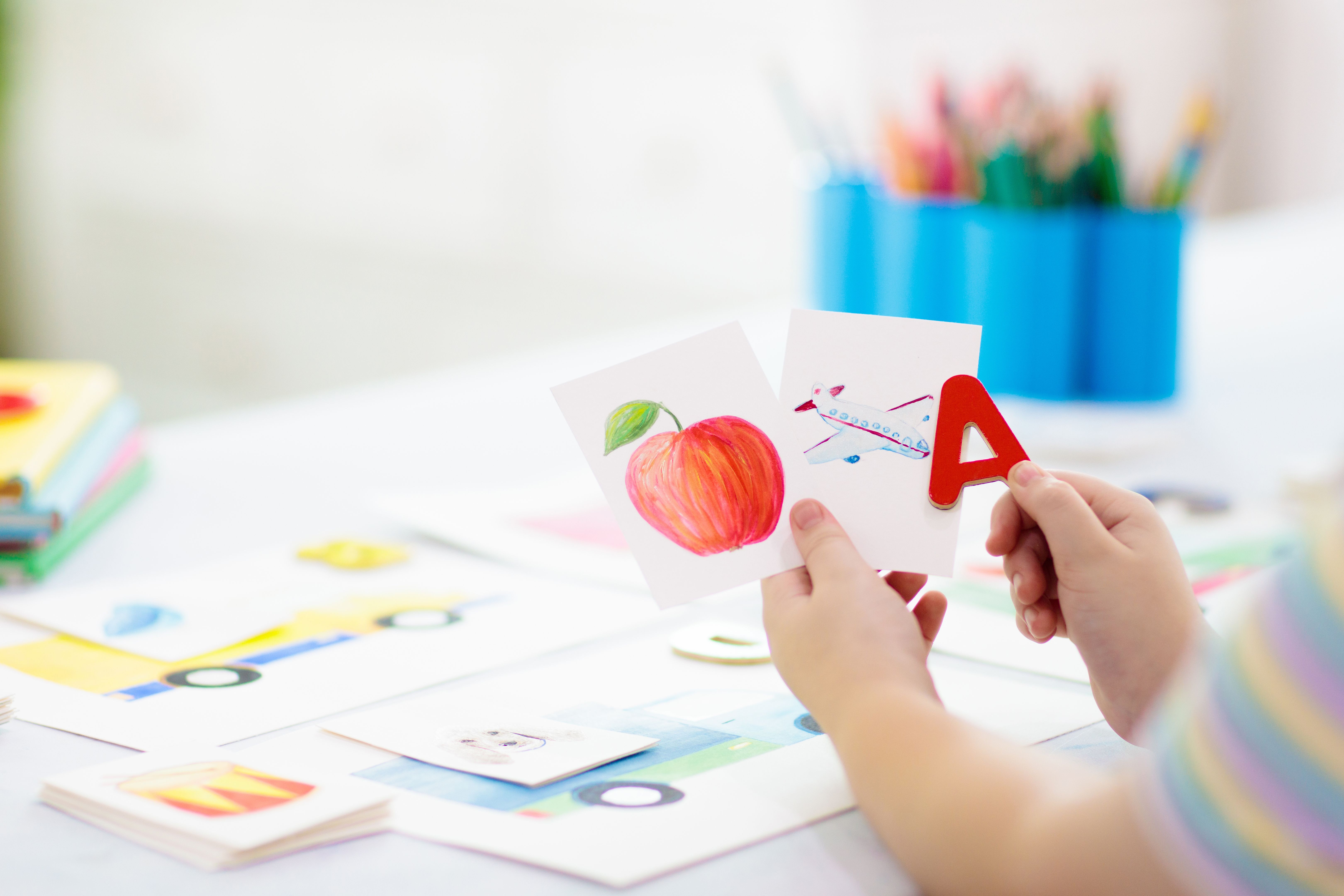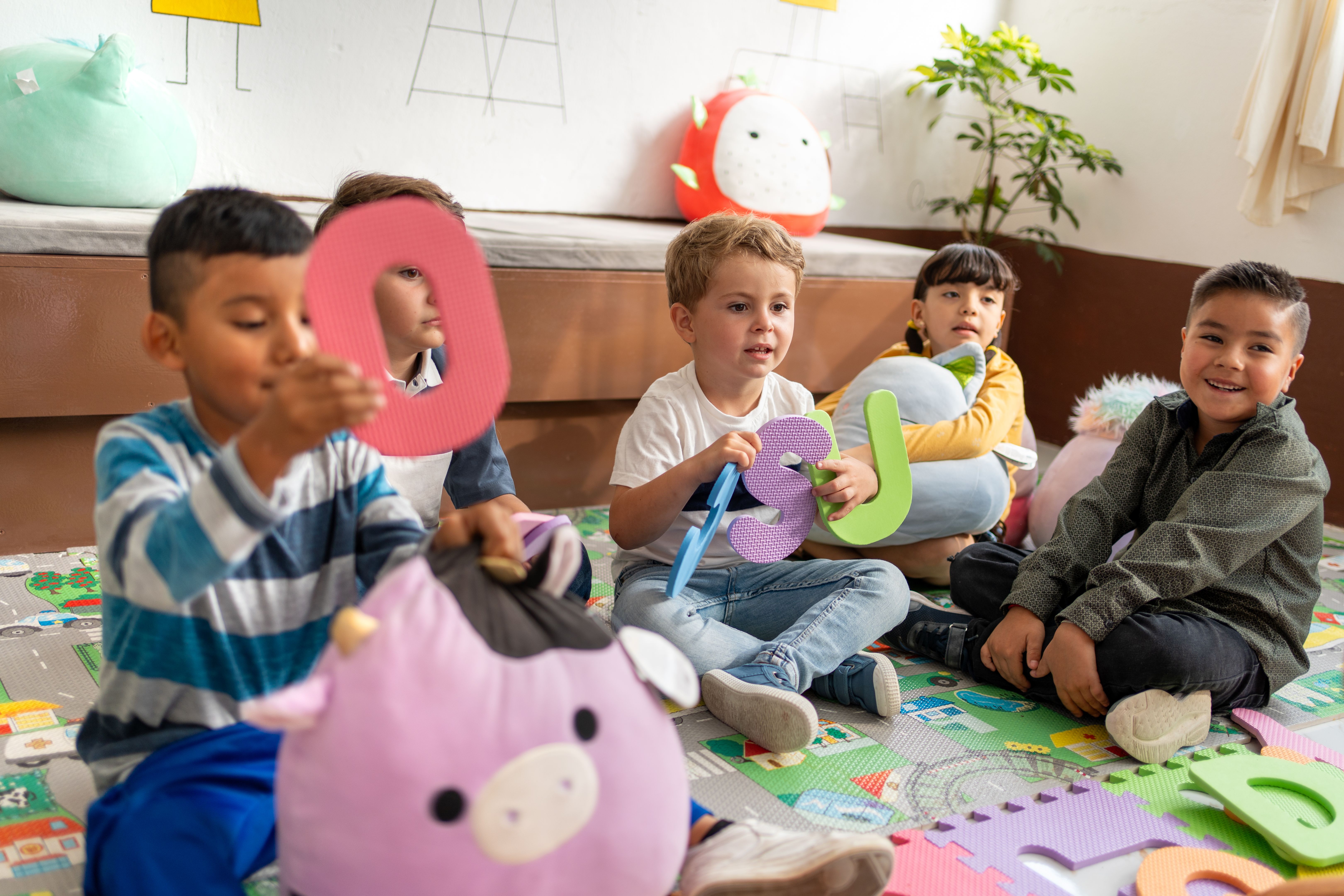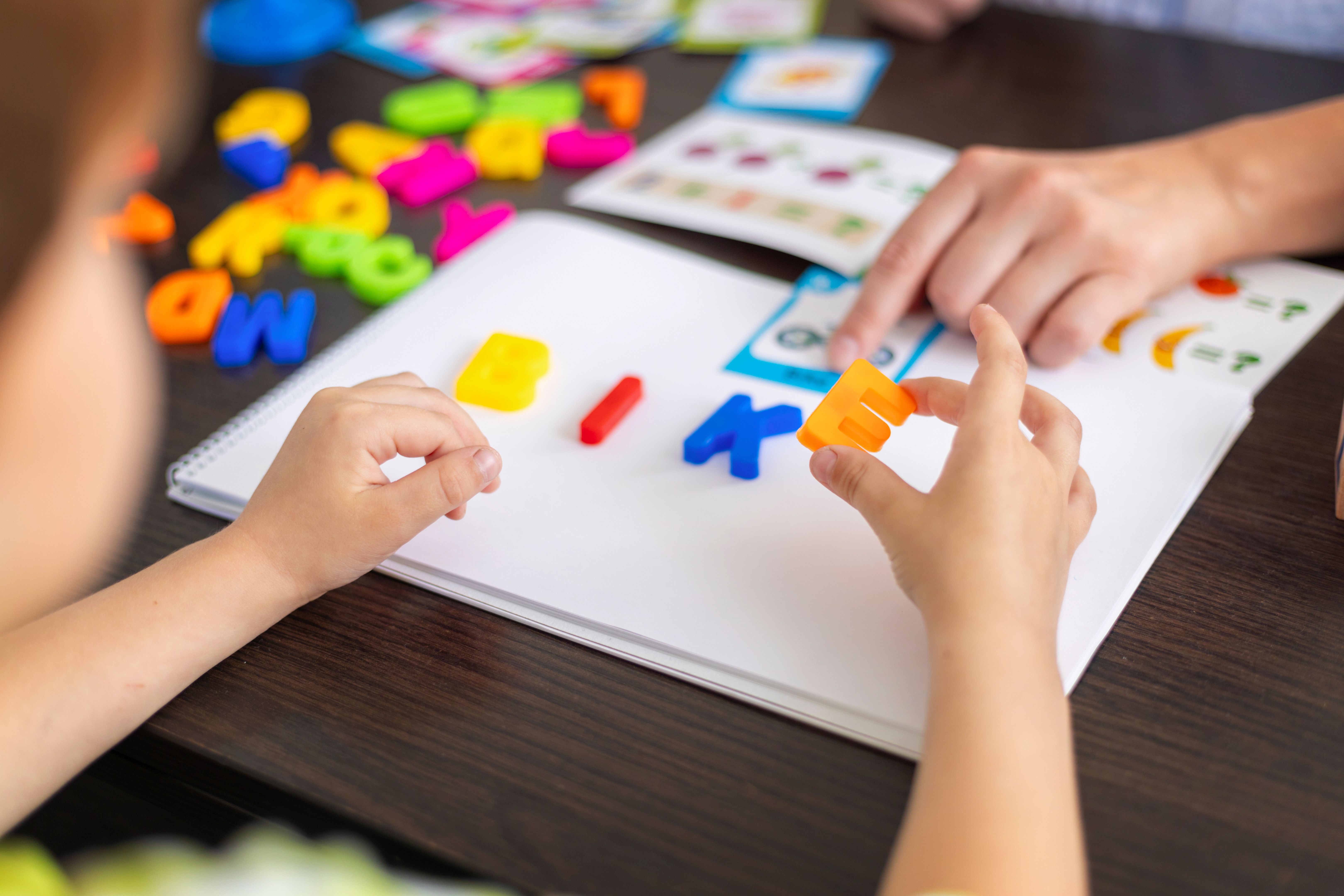Teaching Phonics through Spelling: A Step-by-Step Approach
JT
Understanding the Connection Between Phonics and Spelling
Teaching phonics through spelling is an effective way to enhance a child's reading and writing skills. By understanding the connection between the sounds of language and their written representations, children can develop a stronger grasp of English. This approach not only aids in literacy but also boosts confidence in young learners. Phonics and spelling are two sides of the same coin, and together they form the foundation of effective communication.
When children learn how to spell, they are simultaneously learning how to decode words. This dual learning process enhances their ability to read with fluency and comprehension. As educators, it is crucial to adopt a step-by-step approach in teaching phonics through spelling to maximize the benefits.

Step 1: Introducing Letter-Sound Relationships
The first step in teaching phonics through spelling is introducing children to the basic letter-sound relationships. Start by focusing on the most common sounds and their corresponding letters. Use visual aids, such as flashcards or alphabet charts, to reinforce these connections. Engage students in activities that involve listening for specific sounds in words and matching them with the correct letters.
Incorporating games and songs can make this learning phase more engaging and enjoyable. Repetition is key at this stage, as it helps solidify the foundational knowledge needed for more advanced spelling skills.
Step 2: Building Simple Words
Once students have a basic understanding of letter-sound relationships, the next step is to help them build simple words. Start with consonant-vowel-consonant (CVC) words such as "cat," "dog," or "bat." Encourage students to sound out each letter and blend them together to form words.
Using magnetic letters or letter tiles can be particularly helpful for this activity. This tactile experience allows children to physically manipulate letters, reinforcing their understanding of how words are constructed.

Step 3: Expanding to More Complex Patterns
As students become more comfortable with simple words, gradually introduce more complex spelling patterns such as consonant blends, digraphs, and vowel combinations. Teach them how these patterns appear in different words, using examples and practice exercises to help them recognize and apply these patterns independently.
Interactive activities like word sorting or matching games can be effective at this stage. These activities encourage students to identify similarities and differences in word patterns, fostering critical thinking skills.
Step 4: Reinforcement Through Practice
The final step in teaching phonics through spelling is consistent reinforcement through practice. Provide students with ample opportunities to practice their spelling skills in both structured activities and real-world contexts. Encourage them to write stories, keep journals, or participate in spelling bees. Reinforcement is vital for retaining new information and building confidence in their abilities.

Regular assessment and feedback can help track progress and identify areas where additional support may be needed. Remember that each child learns at their own pace, so patience and encouragement are essential throughout the learning process.
Conclusion: The Impact of Phonics on Literacy
Incorporating phonics into spelling instruction is a powerful strategy for developing literacy skills. By following a structured, step-by-step approach, educators can lay a solid foundation for students' reading and writing abilities. The integration of phonics into everyday learning not only improves academic performance but also instills a lifelong love for language and communication.
Ultimately, teaching phonics through spelling empowers children with the tools they need to navigate the complexities of the English language, setting them up for success in their educational journey and beyond.
